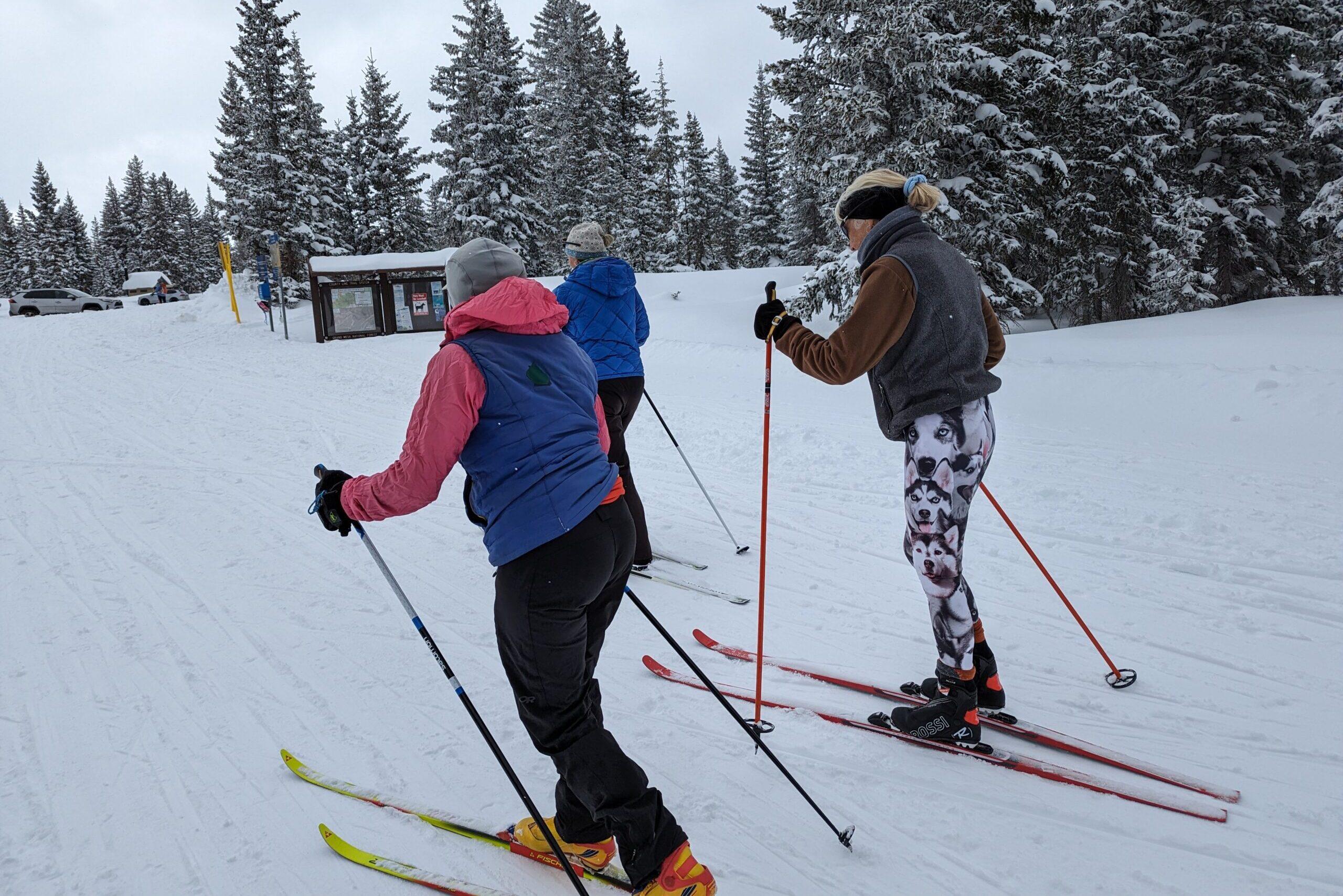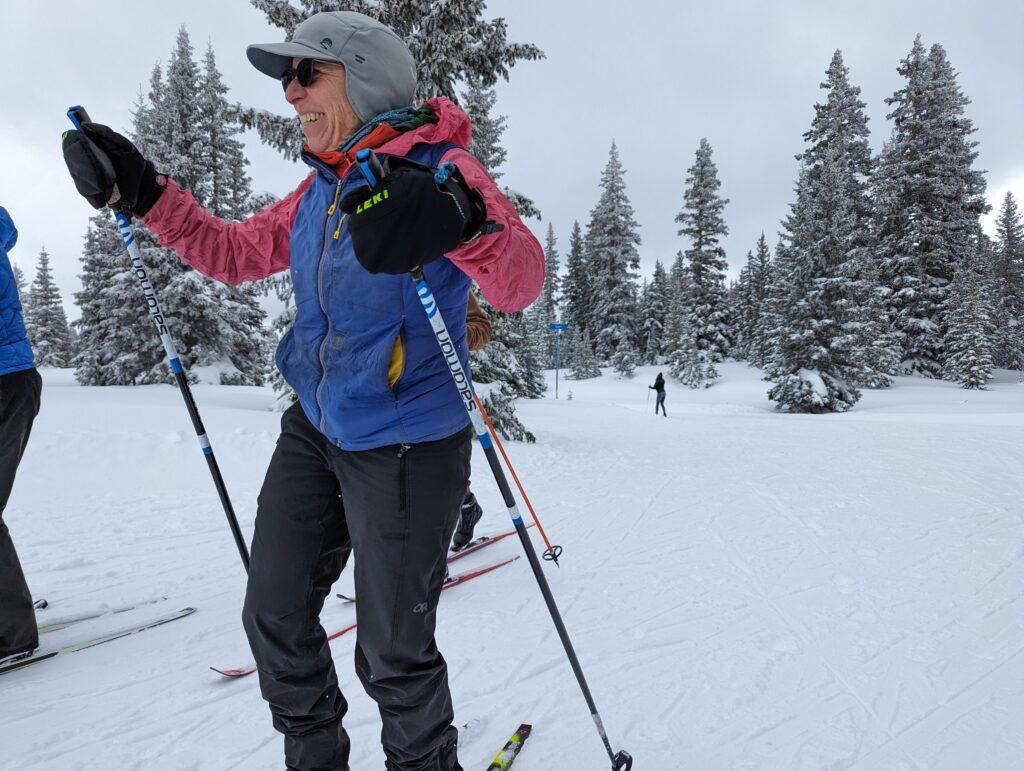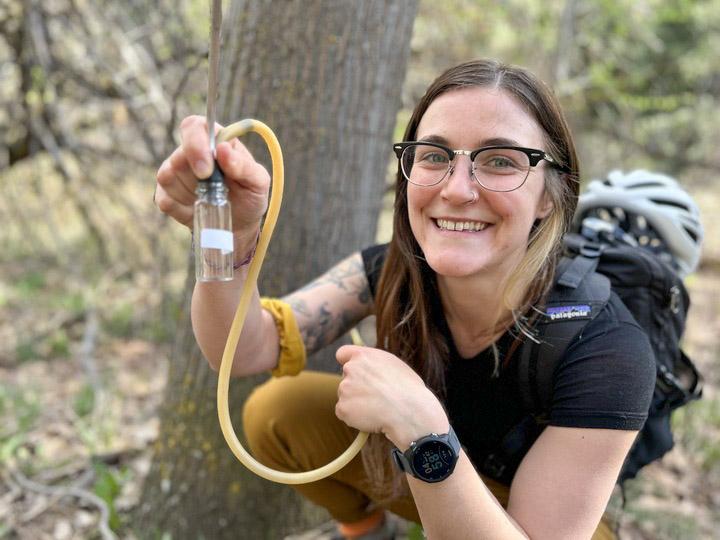
Ask anyone on Western Colorado’s Grand Mesa what they know about the place and they’ll tell you it’s number one in something.
Highest flat top mountain in the world. Largest flat top mesa. Largest flat top mountain in the continental United States. Look at the Visit Grand Junction website and you’ll find the most common framing of the accolade: the world’s largest flat top mountain.
It’s a claim McKenzie Shawcroft heard her whole life growing up below the Grand Mesa.
“It's on the Wikipedia page. I learned it in school when I was in elementary school. My teachers even said it and we did a big project about it,” Shawcroft said. “I've been to the Mesa a lot and love it — think it's one of the great things about Grand Junction. But I've always wondered, especially as I've gotten older, is it actually the largest flat top mountain in the world? And even what does that mean? What's the difference between a plateau or a flat top mountain?”
Lon Abbott, a geology professor at the University of Colorado-Boulder, said it’s a claim he’s heard throughout his life in Colorado and yet, he’s never seen a citation.
“I'm not surprised that the listener didn't see the sort of ultimate source of that because I think that's one of those sort of tourist promotion things,” Abbott said. “There's not really any clear definition that would say, ‘Oh yeah, unambiguously, that's the biggest one in the world.’”
To Shawcroft’s point, where does a flat top mountain end and a plateau begin? Are mesas different? Abbott said those geographic terms don’t have set definitions. Instead, they’re closer to a type of regional phrasing, like how you might hear the same feature referred to by different words depending on who’s describing it.
“Like a gully or a draw, that's definitely a regional thing. You go to other countries and you don't hear about draws or arroyos in some parts of the world like you do here,” Abbott said.
Abbott said flat top mountain is an “elegant” phrasing to avoid a head-to-head comparison with some features that are obviously larger. The Tibetan Plateau, for instance, is considerably larger than the entire state of Colorado, to say nothing of the formation straddling the Mesa and Delta county line. Even within the state, there are some contenders, depending on what features you consider eligible for the competition.
“You don't really have to go beyond Colorado to see some other viable candidates. A good example is the Roan Plateau and Mesa Verde. Mesa Verde is about the same size crudely as Grand Mesa. And the Roan Plateau is much, much larger and both of them are flat,” Abbott said.
Given that flexibility in terms, however, Abbott said there is some wiggle room to hold onto the claim, even though it’s still probably not true.
“As a plateau? No way. As a mesa? It depends on what your definition of a mesa is and where that ends from a plateau. Largest flat top mountain? Maybe, but unlikely. But nobody's going to be able to prove you wrong,” Abbott said.
Andres Aslan, a professor of geology at Colorado Mesa University, says there are other misconceptions about the Grand Mesa.
“An analogous situation that involves Grand Mesa is the common claim that it represents an ancient volcano,” Aslan said.

While the Grand Mesa was formed with lava, the mountain itself is not a volcano. In fact, at one point — millions of years ago — it was the lowest elevation point in the area. It’s flat on top because the lava that formed it settled into a level surface as it cooled from liquid magma to solid rock.
“Grand Mesa is an outstanding example of what geologists call topographic inversion. The Mesa, which is the highest landform in our area, at one time was the lowest elevation in the region. Basically, it used to look like the Grand Valley where Grand Junction is located today,” Aslan said.
What is now the Colorado River helped chip away at the area around Grand Mesa, leaving it roughly 6,000 feet above where Grand Junction is today.
“Geologists have found — kind of near Lands End on the western side of Grand Mesa — if you go just below the cliffs of basalt lava, there's a bunch of gravel that's clearly transported by a river that people have interpreted as the ancestral Colorado River,” Abbott said. “And so it looks like the Colorado River, which was making the Grand Valley back 10 million years ago, it was a little further south from where it is now.”
Shawcroft may owe her fastidiousness for facts in part to her role as co-coach of the Grand Junction High School’s Academic team which won a national Knowledge Bowl competition last fall. She says doubt in the Mesa’s claim to fame shouldn’t dissuade anyone from visiting.
“The Grand Mesa is still worth visiting regardless of how tall or how big or whatever. It's still an amazing place,” Shawcroft said.
- Documentary details skiing after a spinal cord injury and lessons found atop Jackson Hole
- The public can now review Colorado Springs’ Master Plan for Blodgett Open Space
- Colorado’s outdoors are always a winner in the state lottery, even if you’re not
- Could Colorado Parks and Wildlife take over recreation on Pikes Peak? A new plan says it should
- Denver-based Alterra Mountain Company to buy Arapahoe Basin ski area








